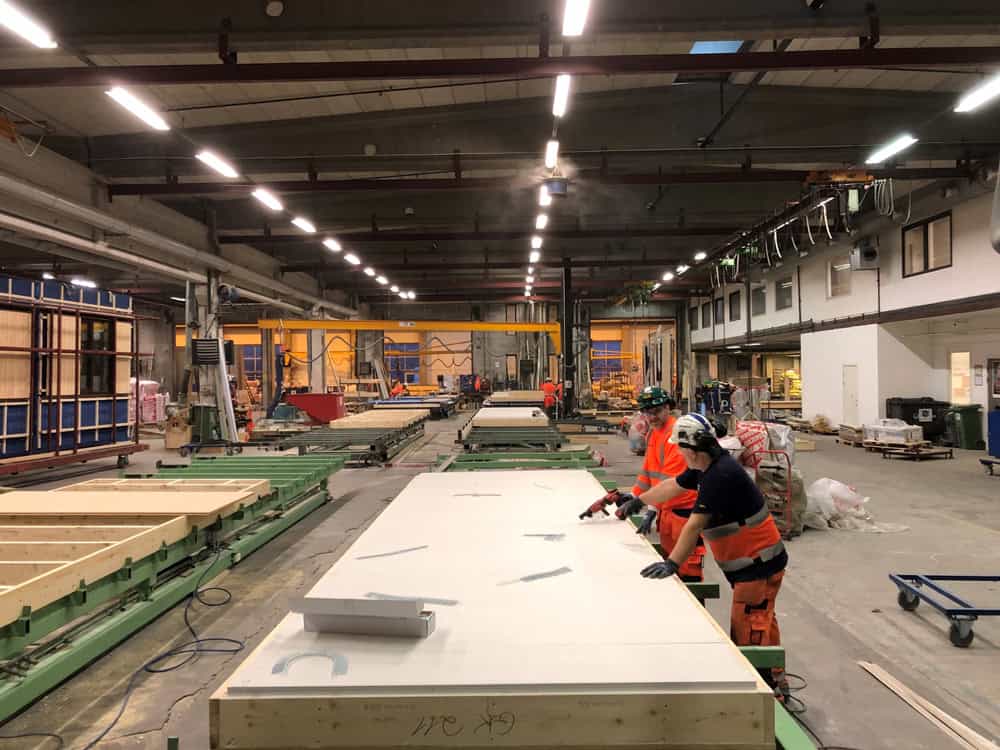Here at ArchiFrame HQ we were very excited to talk to Bjørn Salberg, BIM Co-ordinator at Skanska Husfabrikken (a subsidiary of Skanska Norway). We have worked with Bjørn and the Skanska Husfabrikken team for a number of years: they are valued members of the global ArchiFrame user community. Bjørn took some time out of his busy day to tell us more about how ArchiFrame is used by Skanska, the challenges of prefabrication, and why modular building is only going to increase in Norway in 2021 and beyond…
WHAT DO WE NEED TO KNOW ABOUT SKANSKA HUSFABRIKKEN?
“We’re a subsidiary of Skanska Norway.
We deliver ready-made building modules and elements for buildings such as private homes, kindergartens, schools, prisons, health centres, shops, and construction barracks and rigs.We deliver elements for Skanska Norway’s projects, as well as providing elements for external builders and customers.”
Here are some examples of Skanska Husfabrikken projects between 2017-2020:
- Grane helsetun (retirement community)
- Narvik ungdomskole (junior high school)
- Longyearbyen Boliger (housing) – 34, 800 m² elements
- Longyearbyen studentboliger (student housing) – 43,580 m² of elements (ongoing project)
- Kåfjord Helsehus (a health centre)
- Follo barne og undomskole (primary and junior high school)
- Evenes befalsforlegning (officer housing) – 29,602 m² of elements.
WHAT ARE SOME OF THE CHALLENGES YOU FACE IN THE ELEMENT PRODUCTION INDUSTRY?
“We have to constantly strive to keep ourselves updated with the latest technology and practices. We need to ensure that we are always looking for new solutions: constantly adjusting in order to adapt to the changing market.
We have the challenge of delivering and processing complex building projects over a short period of time, whilst also keeping a focus on sustainable products and processes across the production chain.”
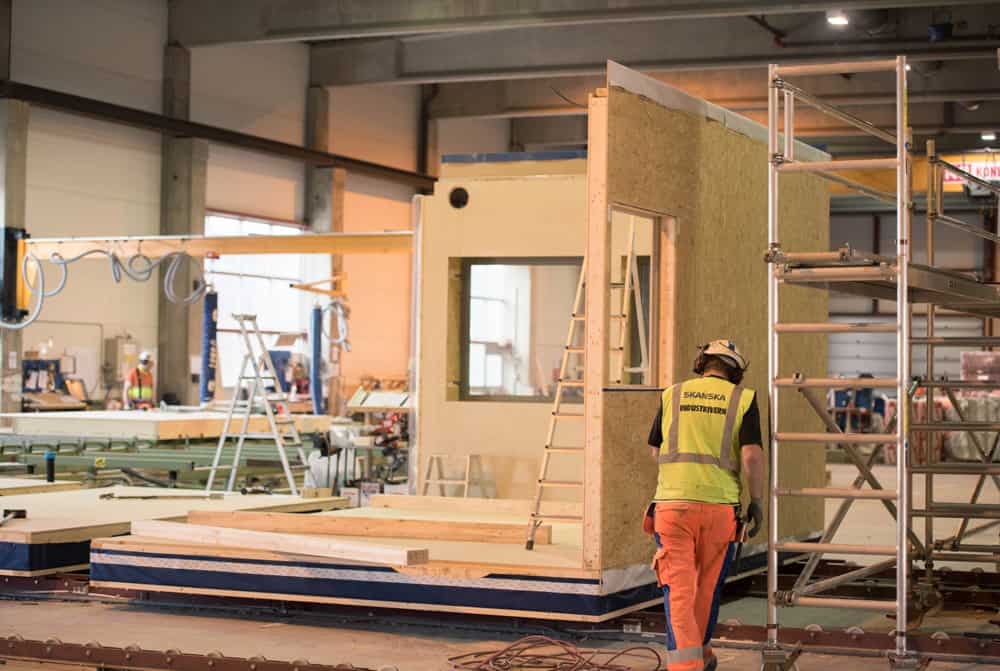
CAN YOU TELL US MORE ABOUT HOW YOU USE ARCHIFRAME?
“We use ArchiFrame to make the detailed element drawings needed in our line of work.
Husfabrikken builds in a modular fashion where we create modules (also known as a building sections) consisting of a floor element, a roof element, and wall elements.
These modules are like building blocks that are then assembled to make larger entities at the construction site.
This modular way of building requires highly detailed element drawings because individual elements have all the necessary layers built into them before the assembly phase.
For example, all kitchen and bathroom piping and ventilation is done at the modular stage, effectively making our factory into a proto-construction site.”
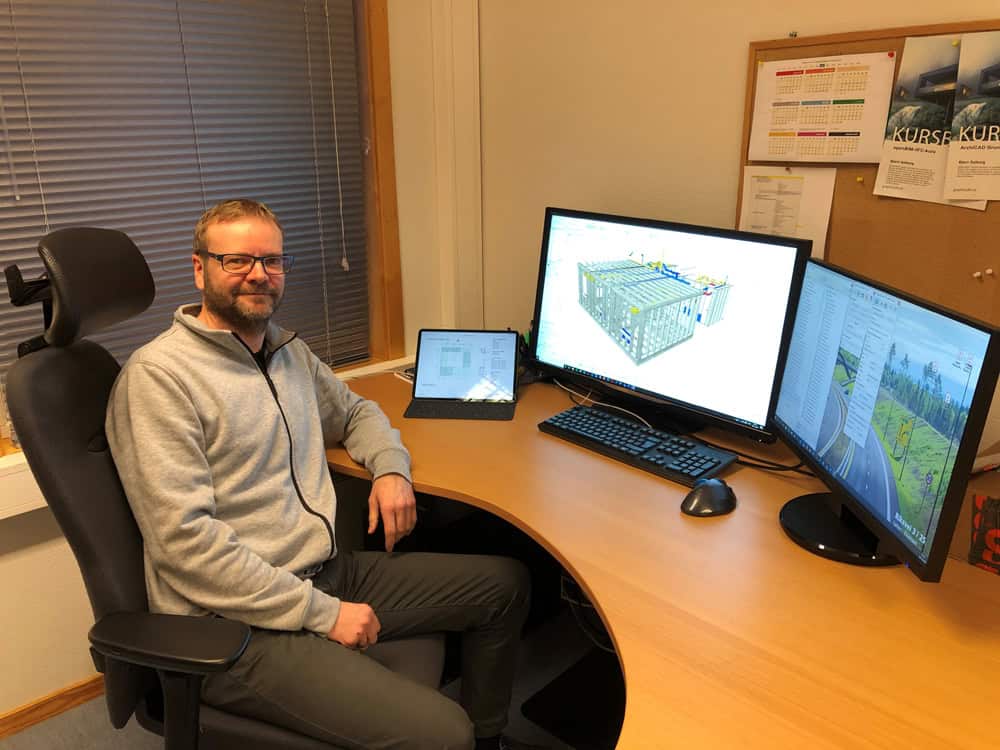
WHY DID YOU SELECT ARCHIFRAME?
“We believe that ArchiFrame is the tool best suited for our needs.
We believe that ArchiFrame is the most powerful program of its kind able to produce highly detailed drawings and element lists.
And since we also use Archicad, ArchiFrame was the logical option for us.”
HOW DOES THE ARCHIFRAME/SKANSKA HUSFABRIKKEN PARTNERSHIP WORK?
“I have direct contact with Petteri at ArchiFrame. He answers any questions quickly and he is always ready with professional solutions.
Petteri is also very flexible and helpful when it comes to making modifications to ArchiFrame to better suit our needs.
This type of ongoing support is another good reason to stick with ArchiFrame.”
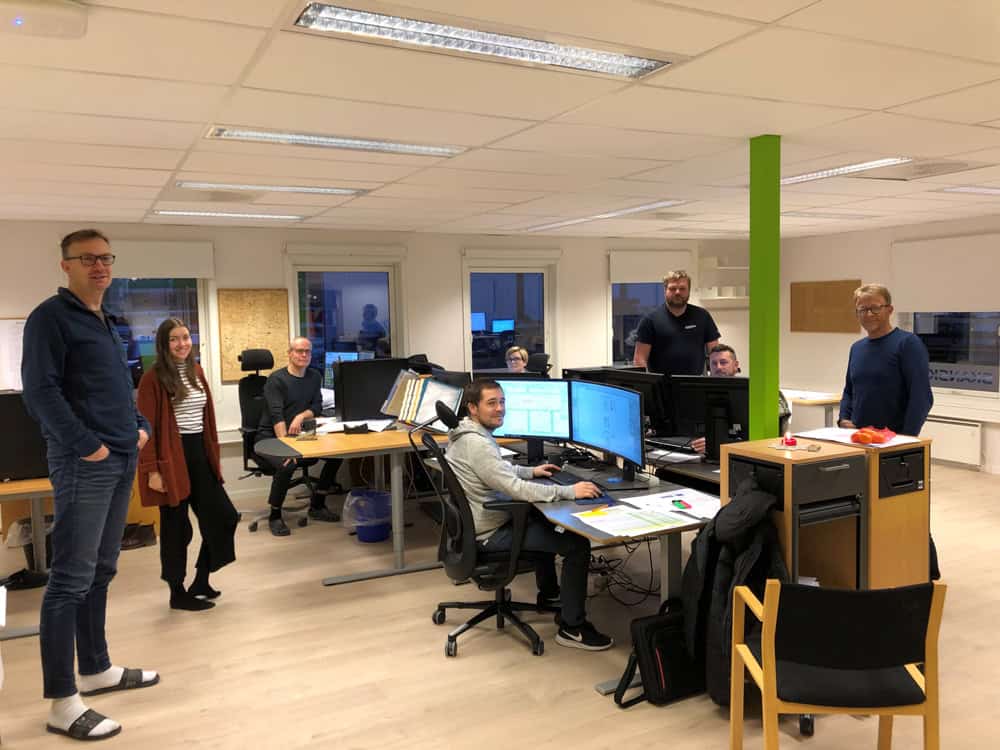
WHAT ARE ARCHIFRAME’S MOST USEFUL FEATURES IN YOUR OPINION?
“ArchiFrame is a flexible and very fast tool that serves our needs well. We especially find ArchiFrame’s speedy support and the ability to tailor the program invaluable.
This combination of speed and flexibility makes it a really relevant tool for us, allowing us to constantly keep improving the way we use ArchiFrame.”
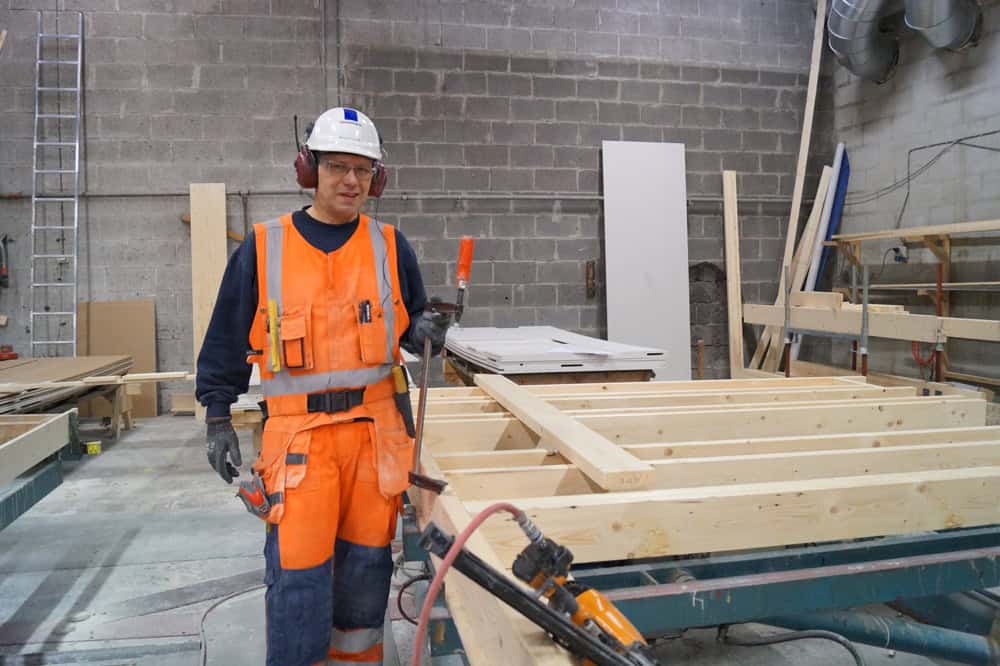
WHAT DO YOU SEE IN THE FUTURE OF ELEMENT PRODUCTION AND MODULAR BUILDING?
“I strongly believe that there will be more and more prefabrication when it comes to building in Norway. Say 10-15 years ago, there was very little prefabrication in Norway, but this has significantly changed over the last few years.
Market trends are strongly supporting a higher degree of prefabrication and the popularisation of modular building in the years to come.”
